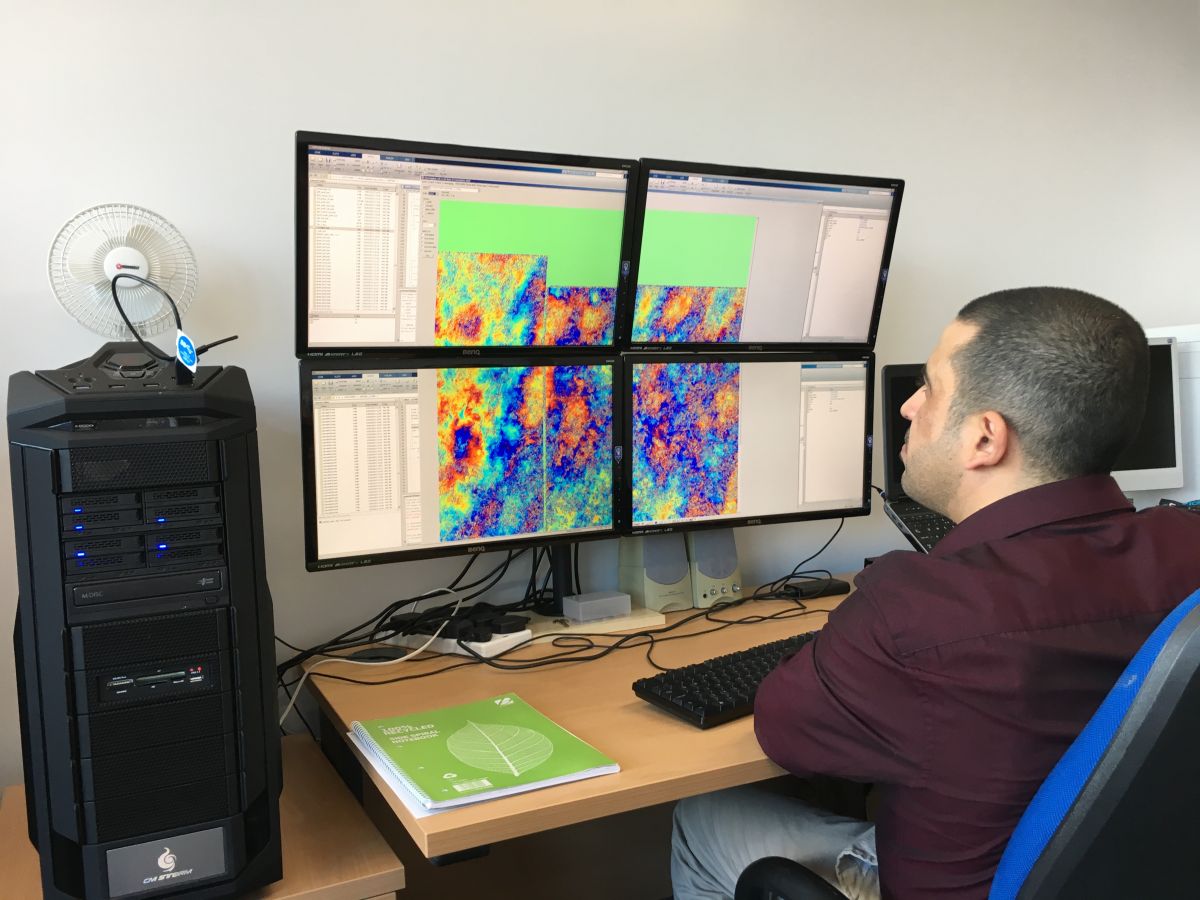Scientists at The University of Nottingham are using radar waves as part of a new tool developed to evaluate peatland sensitivity to global climate change.
 The new method is based upon an Interferometric Synthetic Aperture Radar (InSAR) technique that uses radar waves to measure vertical land surface motion. It is being utilised in a two-year long Natural Environment Research Council (NERC) Soil Security Programme survey of two sites in Scotland’s Flow Country – the single largest soil carbon store in the UK and the largest blanket bog in Europe. The study aims to improve our understanding of the ability of peat to resist, recover and adapt to climate change in different landscape settings.
The new method is based upon an Interferometric Synthetic Aperture Radar (InSAR) technique that uses radar waves to measure vertical land surface motion. It is being utilised in a two-year long Natural Environment Research Council (NERC) Soil Security Programme survey of two sites in Scotland’s Flow Country – the single largest soil carbon store in the UK and the largest blanket bog in Europe. The study aims to improve our understanding of the ability of peat to resist, recover and adapt to climate change in different landscape settings.
Peatlands serve a vital natural function in tackling climate change and maintaining our water supply as well as being beautiful habitats for wildlife. They account for one-third of the earth’s soil carbon, a quantity equivalent to the amount of carbon in the atmosphere.
Dr David Large, Head of Department for Chemical and Environmental Engineering at The University of Nottingham, who is leading the groundbreaking study, explained the importance of peatland. He said, “Peat contains up to 95 per cent water and five percent organic matter. When peatland soil is damaged through human intervention or climate change, organic matter is lost, which can lead to a detrimental impact on carbon storage, water quality and ecosystems. Consequently, protecting peatland is a priority and considerable effort is being devoted to its management and restoration.”
The study will test the new transformative InSAR technique, which will provide near continuous coverage across all land surfaces irrespective of ground cover. Established InSAR techniques provided only patchy coverage over rural areas and were therefore ineffective over peatland.
Dr Large added, “The new technique will help us better understand how peat responds to climate change within a landscape while reducing long term monitoring costs. In addition, it will help us evaluate peatland restoration methods and create effective management plans for large areas.”
The accuracy of the new InSAR technique has been demonstrated over solid slow moving surfaces. However, peatland has an unusually dynamic surface that can move rapidly over short periods of time in response to changes in water and gas content. So to realise the potential that InSAR offers over peatland, the validity of results obtained needs to be checked against field data.
The study will address this issue in two key areas including:
- Is the ground motion measured by InSAR a true indicator of the magnitude and direction of the ground motion?
- Does the InSAR indicate the general condition of the peatland?
NERC has provided £234,000 towards this study, bringing together collaborators from The University of Nottingham’s Geohazards and Earth Processes Research Group and the Nottingham Geospatial Institute, as well as the University of Highlands and Islands’ Environmental Research Institute and the University of Glasgow. The project is also supported by Geomatic Ventures Limited, which is a University of Nottingham spin-out company that provides satellite-based ground motion surveys for environmental safety and security.










